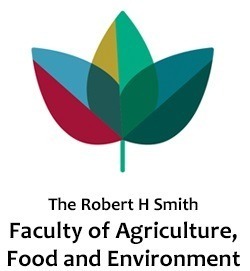Citation:
Abstract:
Climate-change-driven stresses such as extreme temperatures, water deficit, and ion imbalance are projected to exacerbate and jeopardize global food security. Under field conditions, these stresses usually occur simultaneously and cause damages that exceed single stresses. Here, we investigated the transcriptional patterns and morpho-physiological acclimations of Brachypodium dystachion to single salinity, drought, and heat stresses, as well as their double and triple stress combinations. Hierarchical clustering analysis of morpho-physiological acclimations showed that several traits exhibited a gradually aggravating effect as plants were exposed to combined stresses. On the other hand, other morphological traits were dominated by salinity, while some physiological traits were shaped by heat stress. Response patterns of differentially expressed genes, under single and combined stresses (i.e. common stress genes), were maintained only among 37% of the genes, indicating a limited expression consistency among partially overlapping stresses. A comparison between common stress genes and genes that were uniquely expressed only under combined stresses (i.e. combination unique genes) revealed a significant shift from increased intensity to antagonistic responses, respectively. The different transcriptional signatures imply an alteration in the mode of action under combined stresses and limited ability to predict plant responses as different stresses are combined. Coexpression analysis coupled with enrichment analysis revealed that each gene subset was enriched with different biological processes. Common stress genes were enriched with known stress response pathways, while combination unique-genes were enriched with unique processes and genes with unknown functions that hold the potential to improve stress tolerance and enhance cereal productivity under suboptimal field conditions.

